More Millennials Opt Out of Restaurants and Stay Home Instead
Although they represent nearly a quarter of all restaurant visits among Americans, Millennials’ visits and dollars spent are down considerably from several years ago. Why? Chiefly, they find it’s cheaper and healthier (and enjoyable) to cook at home. So, what can operators do to earn greater patronage from this highly desired demographic?
Millennials are the chosen generation for many marketers because of their sheer number and perceived buying power, but they are not a homogenous group. Depending on their age and lifestyles, they use restaurants differently, according to a recently released report by The NPD Group, a leading global information company.
For U.S. restaurants and foodservice outlets, Millennials as a group currently represent about 14.5 billion visits and $96 billion in spending, which is 23% of total restaurant spend. But the group has cut back in both visits and spending, finds the NPD report.

 Many students are not used to conducing structured observations and might not know what to look for and how often to record behaviors. The more explicit you are about how they should conduct the observation, the more likely it will be an effective learning experience.
Many students are not used to conducing structured observations and might not know what to look for and how often to record behaviors. The more explicit you are about how they should conduct the observation, the more likely it will be an effective learning experience.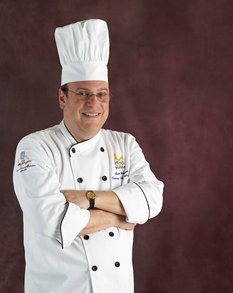 On a recent trip to Hawaii, Chef Weiner had an epiphany: Teaching our students how to cook isn’t good enough. To better prepare them for the real world, we also need to introduce students to the different formats of serving. Here are 10 effective ideas that fit nicely within a shorter class timeframe.
On a recent trip to Hawaii, Chef Weiner had an epiphany: Teaching our students how to cook isn’t good enough. To better prepare them for the real world, we also need to introduce students to the different formats of serving. Here are 10 effective ideas that fit nicely within a shorter class timeframe.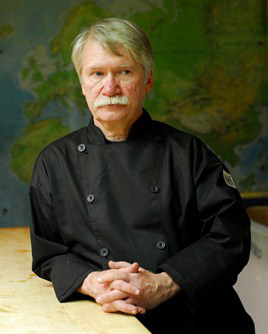 As their career paths become clear, students will inevitably emulate what they’ve experienced in our classrooms and kitchens. Thus, our responsibility is great. Which attitudes, aptitudes and beliefs do we want graduates to portray throughout their careers as a result of our actions?
As their career paths become clear, students will inevitably emulate what they’ve experienced in our classrooms and kitchens. Thus, our responsibility is great. Which attitudes, aptitudes and beliefs do we want graduates to portray throughout their careers as a result of our actions? Here’s a valuable education-resources fact sheet to help educators effectively teach seafood sustainability.
Here’s a valuable education-resources fact sheet to help educators effectively teach seafood sustainability.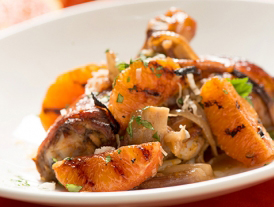 Top chefs know that exceptional produce is where flavor begins. More produce choices equates to more chances to shine. That’s why citrus is something to celebrate.
Top chefs know that exceptional produce is where flavor begins. More produce choices equates to more chances to shine. That’s why citrus is something to celebrate.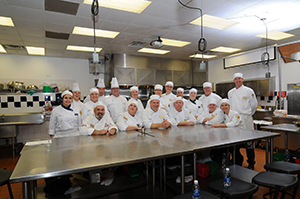 To further their understanding of the needs and expectations of chefs in the foodservice industry and expand their culinary knowledge and skills, the Emmi Roth Foodservice sales team participated in a culinary training program at Johnson & Wales University in Charlotte, N.C., January 19-23.
To further their understanding of the needs and expectations of chefs in the foodservice industry and expand their culinary knowledge and skills, the Emmi Roth Foodservice sales team participated in a culinary training program at Johnson & Wales University in Charlotte, N.C., January 19-23.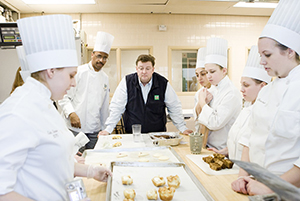 The Culinary Institute of America is naming the high-volume-production teaching kitchen in its new Student Commons at the Hyde Park, N.Y., campus after Jones Dairy Farm in recognition of the company’s ongoing support of the college.
The Culinary Institute of America is naming the high-volume-production teaching kitchen in its new Student Commons at the Hyde Park, N.Y., campus after Jones Dairy Farm in recognition of the company’s ongoing support of the college. Joe Perdue, CCM, CHE, the club industry’s leading hospitality educator, died in Atlanta on Jan. 19, 2015, after a long illness. He was 64.
Joe Perdue, CCM, CHE, the club industry’s leading hospitality educator, died in Atlanta on Jan. 19, 2015, after a long illness. He was 64.